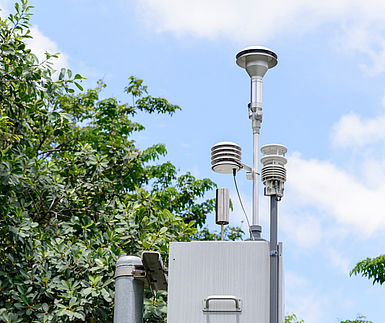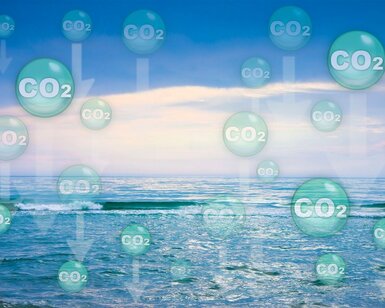Please type a search term (at least two characters)
News
EMPIR project publishes guides on nitrogen dioxide reference standards

The two guides cover the creation of NO2 standards and how to apply them in the field at air monitoring stations
The project
Completed EMPIR project Metrology for nitrogen dioxide (16ENV05, MetNO2) has developed traceable reference materials for nitrogen dioxide to improve air quality.
Nitrogen dioxide (NO2) is a pollutant released during the burning of fossil fuels and is considered one of the most impactful on human health, causing damage to the respiratory system and cardiovascular diseases. Diesel-powered vehicles are one of the biggest anthropogenic sources of NO2 in air, emitting around 20 times more than petrol equivalents. As the use of diesel-powered vehicles – especially cars – has increased, so too has human exposure to NO2. To help combat this, the MetNO2 project has developed direct measurement methods for assessing NO2 in air, replacing the high-uncertainty indirect methods previously relied upon.
Good practice guides
The project has produced two new good practice guides for NO2 gas standards.
The first, ‘Best practice guide for the preparation of static primary NO2 reference standards’, details methods for preparing static NO2 references. Ensuring the continued purity of these references over time can be challenging due to the reactive nature of NO2, which readily converts into other compounds, such as nitric acid (HNO3) when reacting with water. The method described in the guide instead involves making NO2 in-situ within the cylinder by adding oxygen (O2) to nitrogen monoxide (NO). NO is available at 99.99% purity and so this method provides a much higher-purity NO2 starting material than can be sourced commercially. This guide also identifies potential sources of water during reference material preparation that need to be minimised to maximise the stability of the reference materials.
The second guide, ‘Best practice guide for the use of static and dynamic gas standards at monitoring stations including the evaluation of measurement uncertainty’, describes guidance for using standards in the field. There are more than 3000 monitoring sites for NO2 throughout Europe which require accuracy and comparability in order to be able to track trends in NO2 amount fractions in the atmosphere and give insights into its impacts on health and the environment. The guide details calibration methods using both static and dynamic standards, applicable for calibrating both direct and indirect NO2 measurement methods.
In addition, the project has also published a trade journal article, ‘Gas standards for nitrogen dioxide: Current status and new developments’ in ‘Gasworld’ magazine, discussing the challenges around preparing NO2 reference standards.
Project coordinator David Worton (NPL) has said about the work of the project:
“This project has made progress towards reaching the ambitious goal of improved atmospheric monitoring of NO2 by advancing the metrological infrastructure to enable the direct calibration of selective NO2 instruments. It has characterised the behaviour of the reaction between NO2 and water vapour that forms nitric acid impurities, which directly impacts on accuracy and stability. This work has provided information on the likely sources of water that provide a starting point for end users to improve reference material preparation. It has also directly initiated the development of a Joint Technical Project between NPL and the BIPM to establish a new on demand key comparison for NO2 to address the need to rapidly advance international comparability of primary reference materials of NO2.”
This EMPIR project is co-funded by the European Union's Horizon 2020 research and innovation programme and the EMPIR Participating States.
Want to hear more about EURAMET?
Carbon dioxide, released from man-made activities, is lowering the pH of the Earth’s oceans, and impacting the health of marine organisms worldwide more
Supporting automated and reconfigurable manufacturing systems more
Working with external project Cool White to test and suggest improvements on the locally available white paints more
The project FutureEnergy has provided new calibration services for ultra-high voltages and a good practice guide on Lightning Impulse dividers more
For many of the 5000 photonics companies in Europe a precise knowledge of a material’s optical properties is vital for industrial competitiveness more





